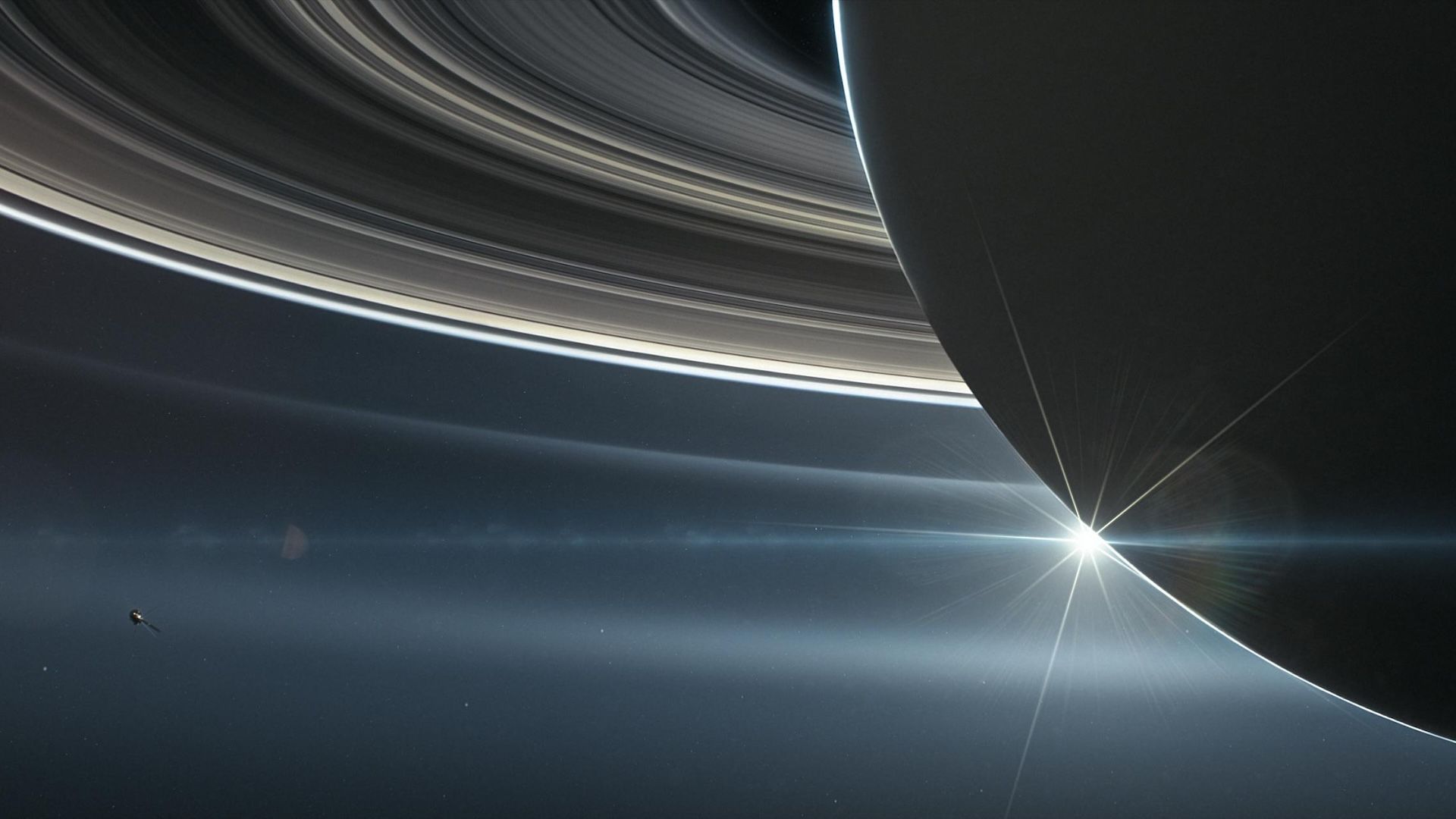Follow us on Google News (click on ☆)
This discovery places Saturn significantly ahead of Jupiter in terms of the number of moons. With a total of 274 known moons, Saturn is by far considered the planet with the largest number of natural satellites in our Solar System.

An illustration of Saturn and its rings.
Credit: NASA/JPL-Caltech
These new moons belong to Saturn's Norse group, characterized by retrograde and elliptical orbits. They are considered "irregular" moons, small in size and likely the result of past collisions.
The discovery was made possible thanks to the Canada-France-Hawaii Telescope (CFHT), which scanned the sky around Saturn between 2019 and 2021. Researchers then confirmed these discoveries in 2023 after a new series of observations.
Edward Ashton, an astronomer at the Institute of Astronomy and Astrophysics at Academia Sinica in Taiwan, led this study. He explains that these moons are likely fragments of larger moons destroyed during collisions about 100 million years ago.
Researchers estimate that Saturn has probably reached the maximum number of moons detectable with current technology. They plan to suspend their research until more powerful telescopes are developed.
This study, although not yet peer-reviewed, has been published in the journal arXiv and recognized by the International Astronomical Union. It opens new perspectives on the evolution of moon systems around giant planets.
What is an irregular moon?
Irregular moons are natural satellites that orbit a planet on often distant and inclined trajectories. Unlike regular moons, they do not follow a close and circular orbit around their host planet.
These moons are generally small in size, often only a few kilometers in diameter, and their shape is far from spherical. They are often captured by the planet's gravity after forming elsewhere in the Solar System.
Irregular moons can orbit in the same direction as their planet's rotation (prograde orbit) or in the opposite direction (retrograde orbit). Their presence and characteristics provide valuable clues about the history of collisions and gravitational interactions in the Solar System.
How do astronomers discover new moons?
The discovery of new moons around giant planets like Saturn requires meticulous and repeated observations. Astronomers use powerful telescopes to scan the sky around these planets, looking for small moving points of light.
Once a potential object is spotted, researchers must track its movement over several nights to confirm that it is indeed orbiting the planet. This allows them to distinguish moons from asteroids or other celestial objects passing nearby.
Technological advancements, such as telescopes equipped with highly sensitive cameras, have significantly increased astronomers' ability to detect smaller and more distant moons. However, the definitive confirmation of these discoveries can take years of additional observations.